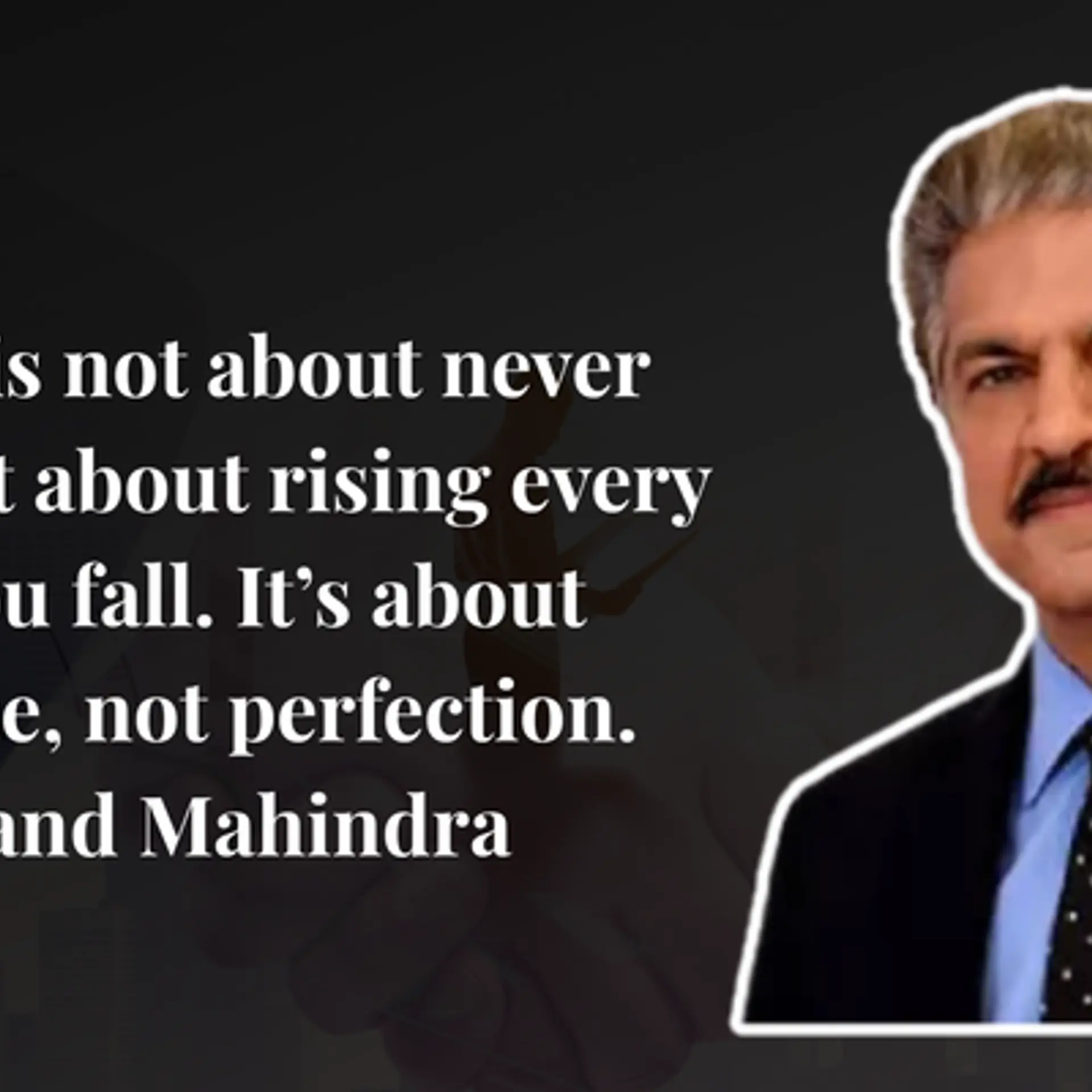Crowd Funding for ‘Capital Deprived': Several Small Loans at a Time
The article has been reblogged from Mahindra Rise. If you have a great idea and need a platform to showcase, please submit your idea for Spark The Rise- and get your project funded.
Exploring how micro-credit is evolving, crowd funding is taking shape and slowly but surely this idea of several small, purposeful loans is becoming a mainstream idea… through the lens of Kiva, Milaap and other crowd funding platforms..
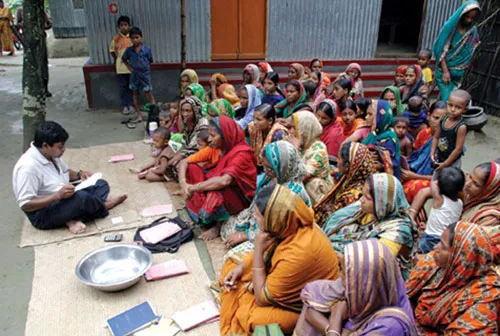
Micro-credit developed as an innovative response to the lack of capital for poor families; leveraging a combination of social credit(people knowing people in the community) and micro enterprise initiatives (small enterprises that could generate a livelihood). And this form of credit is most relevant for low-income individuals who typically do not have access to banking services. The general belief was that low-income individuals are capable of overcoming poverty if given access to this type of credit.
But in practice (and as the evolutionary issues in Micro Finance in India have reflected), there is limited proof that micro credit can alleviate ‘poverty‘. A recent Forbes article went so far as to say that micro finance “can make the already risky lives of the poorest even riskier ”. The potential to mitigate poverty exists BUT profit seeking MFI’s have found ways to leverage credit and make money off the poor. The learning that is emerging is that MFI’s may not be the best (or the only) way for the poor to access capital.
Crowd Funding seems to be the evolutionary next step from Micro Credit – encompassing a larger target group of people who are ‘CAPITAL-DEPRIVED‘: the poor individual, the micro enterprise and also some of the more profitable social businesses. Crowdsourcing.org defines this as “an approach to raising capital for new projects and businesses by soliciting contributions from a large number of stakeholders following three types of crowd funding models: (1) Donations, Philanthropy and Sponsorship where there is no expected financial return, (2) Lending and (3) Investment in exchange for equity, profit or revenue sharing.”
Combine purposeful micro-credit with crowd-sourced individual contributions and you get crowd funding.
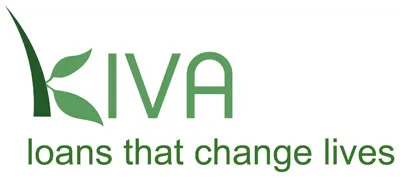
The capital is essentially a pool of capital created by a larger crowd of individuals putting small amounts of money together in order tofund and support ideas, people and social businesses.

Social organizations like Kiva.org have leveraged the internet and built online platforms that allow for person to person lending, without the red tape and high interest rates that banks and MFI’s offer. Kiva.org was the first online platform to successfully connect micro-lenders with individuals who need micro-loans in developing countries. They brought together a global community of lenders and increased accessibility to social capital in a way that was never possible before. What is interesting is that crowd funding models don’t only apply to alleviating poverty; Smallknot.com is a micro lending platform that connects local businesses with engaged community members who wish to lend their support. The main benefit is that it gives local businesses access to low-cost capital while providing community members a low-risk method of helping out.
Milaap's crowd funding model…

Milaap.org is evolving as one of India’s answer’s to the social capital gap; much like Kiva they are also an online platform that offers micro-loans to India’s poor. We had a chance to meet Milaap founders Anoj Viswanathan and Sourabh Sharma and got a deeper look into the pressing need for this kind of capital in India. Milaap.org allows India’s working poor to get access to capital, lenders can browse through profiles, select a recipient and choose to contribute as little as 1000 Rs or 50$. The money is not a donation; local partners ensure repayment, once the loan is paid back, the lender has the option of recycling the money within the system or can choose to opt for a refund. Milaap.org is probably the first in India to allow Indian and Foreign lenders to contribute directly to India’s working poor in a transparent, technology enabled manner.
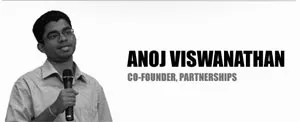
Milaap unlike Kiva is a for-profit enterprise; they sustain themselves by taking a small percentage of the money generated by the low interest loan. Each Rs.1000 loan generates approximately Rs. 75 in interest in a year. Rs. 35 is paid to the local NGO partner and Rs. 40 is earned by Milaap as a facilitation/ transaction fee.
Institutional supporters to Milaap include The National University of Singapore, Village Capital, DASRA, Microfinance Society of Singapore, IIMB and many more. Recently, Unitus Seed Fund has also shown their support by choosing to invest in Milaap.
Why this model could work…

In India, casual lending and borrowing is a common practice; people are known to provide financial help to neighbors, workers, relatives and friends in need. Since the amounts are usually small, and the borrower is known to us, issues like high interest rates are not applicable. Milaap.org is trying to tap into these Indian lending practices; updated borrower profiles remove anonymity and provide transparency and lenders know exactly where their money is going and how it’s being used.
Since lenders are only expected to lend small amounts, the risk is minimized. “Loan a little, Change a lot” is the motto they adopt. No financial institution or bank is involved in these transactions so interest rates are significantly lower (about 50% cheaper than micro-credit loans). Pooled resources remove the need for banks and expensive capital. Since the money is a loan and not charity, it encourages borrowers to be enterprising and use the money well.
The ultimate appeal of Milaap’s crowd funding model is the feel good factor involved in giving; it allows lenders to engage with needy individuals, contribute to causes that resonate with us and create an impact without spending too much time, money or effort – but all of this within a more formal lending structure – rather than informal giving.
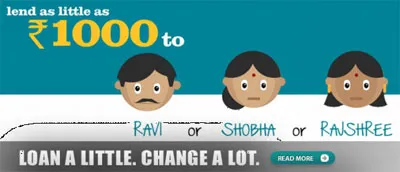
There is a great need for cheap, low risk and easily accessible capital in India and MFI’s are no longer serving this purpose. The rise of crowd funding models like Milaap is a direct organic response to the gaps of MFI’s. But how great is the impact and how can we ensure that every BOP Indian has access to this capital? One of Milaap’s biggest challenges will be scaling and reaching all those in need. The concept of lending to the poor vs. charity is relatively new and convincing the common man to be a part of an online lending platform can also be a challenge.
Crowd funding via the internet is an innovative way to target social issues; it is a new banking paradigm that allows socially engaged citizens to be involved in the solution. Kiva and Milaap are early models and given the challenges and the potential for impact, it will be interesting to see what emerges in the future.
And as a quick last thought – how can this be migrated to the Mobile Phone? Considering that almost every poor Indian has an access to a mobile phone – how could that device be the enabler for a larger revolution in crowd sourced funding?






